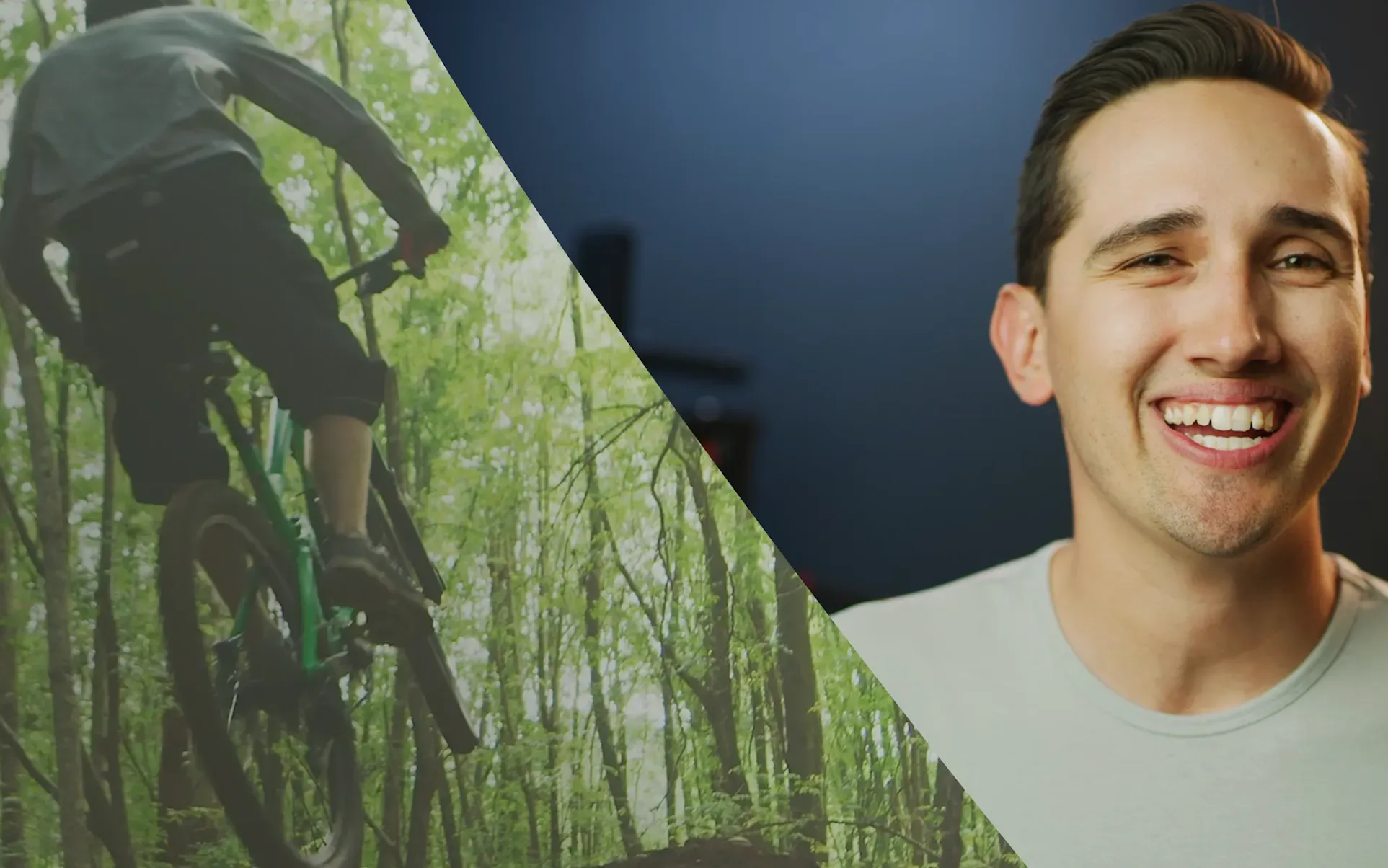What are high-pass and low-pass filters and how do I use them?
In this blog post, Ben Hess – in collaboration with Epidemic Sound and Adobe Stock – will explain what high-pass filters and low-pass filters are, and how to use them to make your videos stand out.

Looking to add that extra touch to your next video? If so, you’ve come to the right place. In this blog post, Ben Hess – in collaboration with Epidemic Sound and Adobe Stock – will explain what low and high-pass filters are and how to use them to make your videos stand out.
Even if you don’t know a lot about low or high-pass filters, perhaps you've heard what they can do. This effect has been around for quite a long time but it's getting more and more popular since it's so easy to make your audio and your entire project stand out.
What is a low-pass filter?
To give you an example of a low-pass filter applied to a song, listen to this:
What is a high-pass filter?
While a high-pass filter sounds like this:
These filters essentially do what their names suggest. The low-pass filter allows the low frequencies to pass, or in other words: be heard, and the high-pass filter allows the high-frequency parts of a song to be heard.
How to use low-frequency filters in Premiere Pro
There are many uses for these effects, but let's start with low-pass filters. To apply this effect in Premiere Pro, simply drag the low-pass filter onto your audio clip. You’ll find this in the effects tab. To have it completely off: expand the cut-off option and drag it to the right. This slider has your low frequencies on the left, mid frequencies in the middle, and high frequencies on the right. Now, slowly drag to the left to hear the effect that has, as it begins to cut off those frequencies.
With a low-pass filter, you can adjust how much of the low frequencies you want to hear by going as far left as you want. The real magic happens when you apply this to songs, dialogues, or even sound effects to customize them. You can use it at any portion of a track, such as when the track starts, to slowly fade in.
The key is to just mess around in the tool until you figure out what sounds good to you. You can use this effect to make a moment stand out when there is a slow-motion shot or just to add some variety to your videos.
You can apply it to a song when there's a dialogue happening. That way, you can better hear what’s being said, without it competing with the track. You can also use this filter for underwater effects, you know the ones you see in all the cool travel videos? Or why not use it to make it seem like the music or dialogue is far away or in another room like it's muffled.
When using these filters, I like to add keyframes to transition the effect. To take it one step further, you can right-click the first keyframe and add an easy out transition. Then click on the last keyframe to add an easy in. By doing so, you can adjust the spline to have the exact transition and flow that you’d like.
How to use high-frequency filters in Premiere Pro
Now, when it comes to using high-pass filters, I tend to use these less but they still offer a very unique effect. You know the retro sound that’s coming out of older, bad, speakers? Yeah, that’s done with this effect. You can use this with music or dialogue too. Try fading the music in with the high-pass filter.
Why not try adding it to dialogue to get that old type of radio voice:
Combining high-pass filters and low-pass filters with Reverb
On top of using high-pass and low-pass filters, you can experiment with using Reverb to continue getting some more unique effects. Try things out and see what sounds good when you combine that with high-pass and low-pass filters.
These audio effects may seem small but it's the little things, such as fading in with a low-pass filter, that can make your projects pop. The more seriously you take your audio, the better your end products are going to be.
Need a little recap? Here we go! Using a low-pass filter allows for low frequencies to come through. This is great for fading in songs, making dialogues sound audible, slow-motion scenes, or even the classic underwater effect.
High-pass filters are perfect for the old speaker setup or to fade in songs. Both these effects can be stacked with other effects, such as Reverb. There really is no right or wrong way to go about these effects, nor is it a case of high-pass vs low-pass filters. It's all about having fun and trying to figure out what sounds the best. Let’s give it a go!
Need top-tier music for your next video? Check out Epidemic Sound's plans and sign up below.

Ben Hess is a director, cinematographer, filmmaker, and Epidemic Sound Ambassador. Check out his YouTube channel here.

